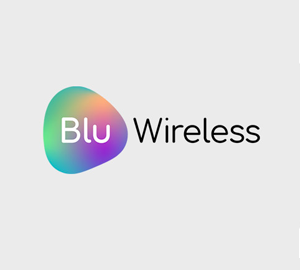Leaders are looking to smart city initiatives as the future of urban development, using recent innovations in technology and connectivity to govern more reactively and effectively. With rocketing global populations and rapidly rising demand for high-quality WiFi access, network infrastructure is one of the most critical technological challenges faced by the world’s cities today.
A network that is resilient enough to handle high-capacity usage and high speeds of connectivity is the only solution – which is why ultra-fast 5G technology is often hailed as the future of global smart cities.
Innovating Bristol’s Smart City Infrastructure
In 2015, the European Commission declared their own investment in this cause: the 5G-XHaul project. The project aimed to identify and leverage innovative 5G technologies to meet future extreme capacity and performance demands. More specifically, the research study explored the integration of heterogeneous wireless and optical fibre networks.
Bristol was one of several European cities involved in this project – and has smart city network infrastructure high up on its agenda. Recognised in the UK Smart Cities Index 2017 as a leading innovator, Bristol is home to an experimental Smart City Research and Development network platform of multiple communications technologies installed around the city – Bristol is Open.
Demonstrating a mmWave-powered 5G Network
Leveraging high-speed mmWave technology design expertise, Blu Wireless Technology has been a major contributor to the 5G-XHaul project, collaborating closely with Bristol is Open. Wednesday 27th June saw the first complete demonstration of the whole Bristol is Open network – in front of a live audience by the harbourside in Bristol’s city centre.
Intelligent software controls were used to route network traffic along different paths, passing over multiple links in the city with rates of up to 1.6 Gbit/s, enabling the Bristol is Open network to function as a true 5G network.
Concluding the 5G-XHaul Project
During the demonstration, two video streams were mapped onto different routes or ‘slices’ through the BiO network. The public were shown these two videos running in parallel on two tablets. Then one link was purposefully broken, causing the video stream to reroute itself through another part of the wireless mesh network. Impressively, the video continued to stream without any visible interruption – even though the link had been broken, causing a satisfied reaction from the observing crowd.
A great result for the team, which followed years of hard work and substantial dedication to refining the technology and its performance. Andy Lunness, Blu Wireless’s Senior Programme Manager in Hardware Systems, was involved throughout the project and participated in the final demonstration: “This was an emotional culmination of over four years’ work and three years of collaboration with our European partners in 5G-XHaul. While Blu Wireless has been experimenting, testing and refining the 5G wireless component of the network, the true value of what we are doing is only realised when integrated with other technologies – both current and new – including WiFi, 3G, 4G and LTE.”
The European Commission found Blu Wireless’s technology to be truly integral to the end of project demonstration and recognised their contribution to 5G-XHaul with a Key Innovator award.
Exploring the Impact of 5G
What has been accomplished here for 5G connectivity is significant and will certainly put Bristol firmly on the map as a European centre of excellence for 5G technology. If Bristol is to adopt this type of 5G technology city-wide, the economic benefits will be significant. According to the World Economic Forum, the global economic impact of 5G will rise to $12 trillion by 2035, as improved connectivity and IoT opportunities inspire an upsurge in business innovation and productivity. These financial effects are sure to be felt both internationally and locally.
Developing the Smart Cities of the Future
The 5G-XHaul project may have drawn to a close, but a follow-on EU project, 5G-PICTURE, is planned. This project will build on the success of 5G-XHaul and add the development of mobility in 5G for communication to moving vehicles such as smart cars and trains – expanding on the potential of mmWave technology for smart cities.









